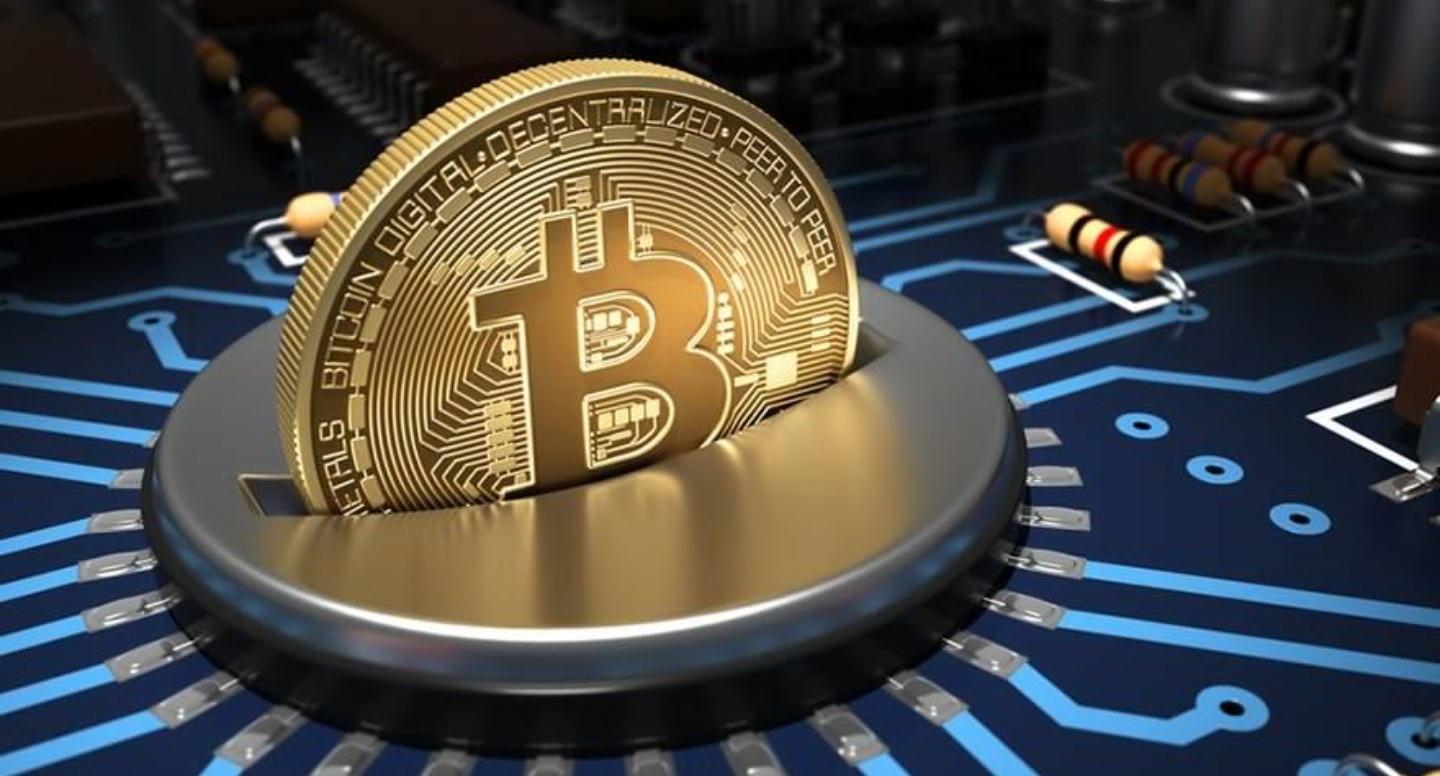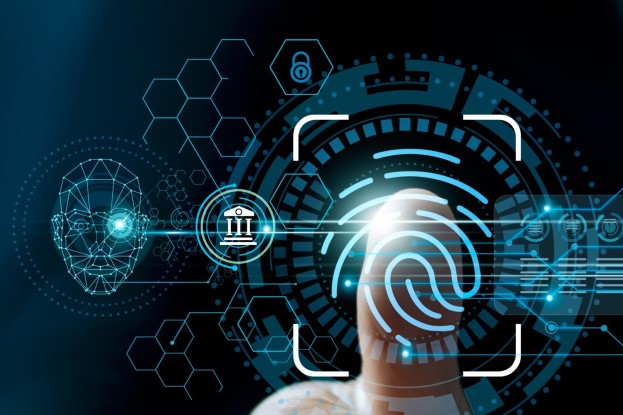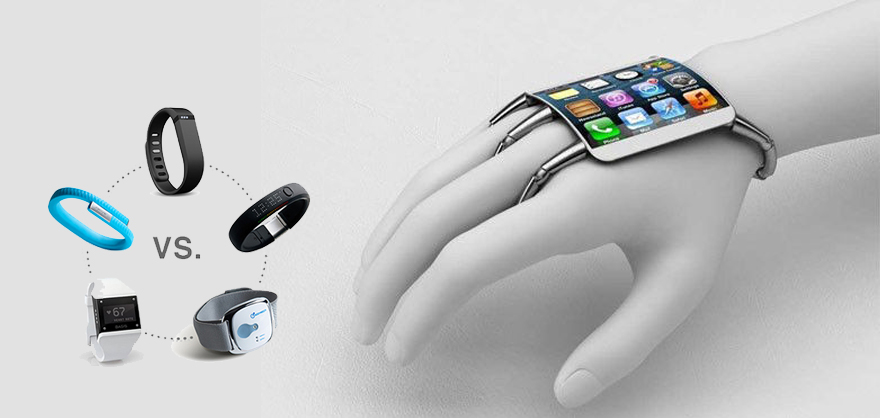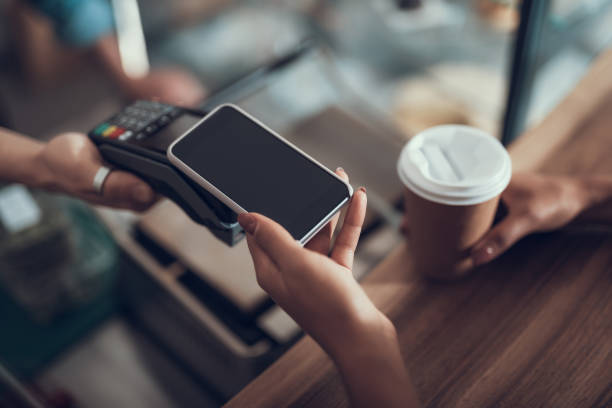The Future of Payments
The world of payments has undergone a significant transformation in recent years, thanks to advancements in technology and the increasing demand for more efficient and convenient payment methods. As we move into the next decade, it's clear that the way we pay for goods and services will continue to evolve. In this article, we'll take a look at some of the trends that are likely to shape the future of payments
Mobile Payments
Mobile payments have been around for a while, but they're expected to become even more popular in the coming years. With the rise of smartphones and other mobile devices, it's now easier than ever to make payments using just your phone. In fact, many retailers are already starting to offer mobile payment options to their customers, such as Apple Pay, Google Pay, and Samsung Pay. In the future, we can expect to see more businesses adopting this technology, as it offers a quick, convenient, and secure way for customers to make purchases.


Cryptocurrency
Cryptocurrency has been one of the most talked-about topics in the payments industry in recent years, and it's not hard to see why. Unlike traditional forms of payment, cryptocurrency transactions are decentralized and not subject to the control of any government or financial institution. This means that they can be made quickly and securely, without the need for intermediaries. As more people become familiar with cryptocurrency, we can expect to see it being used more widely as a means of payment.
Biometric Authentication
The use of biometric authentication for payments is already being explored by some companies, such as Mastercard and Amazon. This technology uses unique biological characteristics, such as fingerprints or facial recognition, to verify a person's identity before allowing a payment to be made. This not only makes payments more secure but also eliminates the need for passwords or PINs, which can be easily forgotten or stolen.


Wearable Technology
Wearable technology, such as smartwatches and fitness trackers, is becoming increasingly popular, and it's not just for tracking fitness goals. These devices are also being used to make payments, with companies like Fitbit, Garmin and Apple Watch offering payment capabilities through their devices. As wearable technology continues to improve and become more affordable, we can expect to see it being used more widely for payments.
Contactless Payments
Contactless payments have been around for a while, but they're still relatively new in many parts of the world. However, they're quickly gaining popularity, as they offer a quick and convenient way to pay without the need to physically hand over a card or cash. In the coming years, we can expect to see more businesses adopting contactless payment technology, as customers increasingly look for ways to avoid touching shared surfaces.

Conclusively, the future of payments is likely to be shaped by a combination of new technologies, changing consumer preferences, and evolving regulations. While we can't predict exactly what the payments landscape will look like in 10 years, we can be sure that it will be different from what we have today. By staying up to date with the latest trends and technologies, businesses can position themselves to take advantage of the opportunities that lie ahead.
Olumide,
Digital Payment System Enthusiast.
